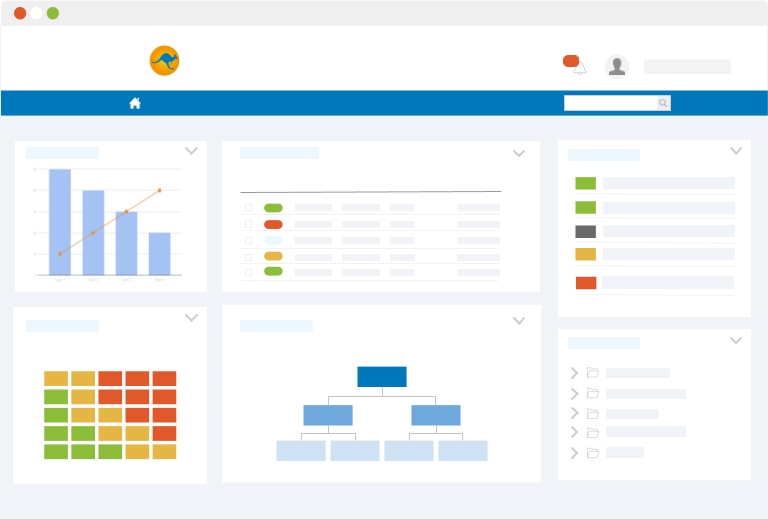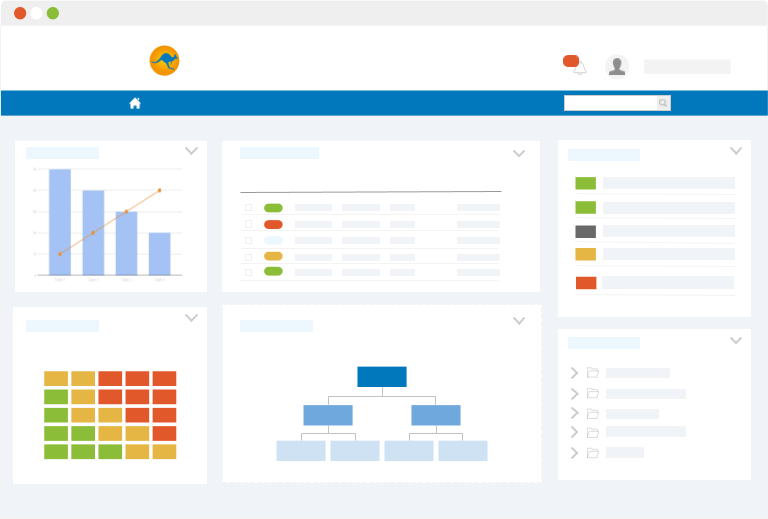What is the definition of an internal audit?
To fully understand why conducting an internal audit is necessary, let us revisit its definition: an internal audit, or first-party audit, is an independent process aimed at verifying the proper functioning of an organization. The objective is to verify the compliance of its system by comparing the results obtained with the provisions planned.
What is the purpose of an internal audit?
The internal audit is used for several purposes:
- to prepare an external audit (e.g. certification): the requirements of the self-assessment grid correspond to those of the targeted standard/certification.
- to self-assess according to the requirements of internal procedures. The aim is to monitor the evolution and the results of the internal procedures’ implementation.
- to self-assess according to the requirements of your customers, suppliers… The requirements correspond to the stakeholders’ specifications.
A software can help you organize your self-assessments, collect data through automated data entry on audit grids, and align your results with the requirements of the targeted standard (with the export of results in PDF or Excel format).
Who carries out the internal audit?
Mainly, one or two auditors (trained in audit techniques) are assigned to perform the internal audit. They are part of the company’s workforce and are directly attached to the management. They act independently and must have the required skills to perform the audit. They work with the individuals concerned by the audit.
What are the essential indicators?
The indicators depend on the subject of the audit. However, all audits are concerned by:
- the audit’s completion rate
- the audit scope’s coverage rate
- the achievement rate of each set objective
- the number and level of compliance for each element (C, OB, or NC)
- the audit technique: direct observation, document consultation, interview with the managers concerned, etc.
- the audit review’s frequency
It is also possible to rely on satisfaction surveys and various performance indicators depending on the scope of the audit.
The expert’s conclusion
Internal audit is an essential task for any organization. To prevent it from being time-consuming, dedicated tools can facilitate the task of EHSQ departments. Self-assessment modules and statistical analyses on Power BI help with internal assessment and the generation of automated reports.
The goal is to achieve the highest possible coverage rate of internal audits and to contribute to continuous improvement within the company.







